Home>Gardening & Outdoor>Plant Care & Gardening Tips>What Is A Native Plant In Southern Nevada
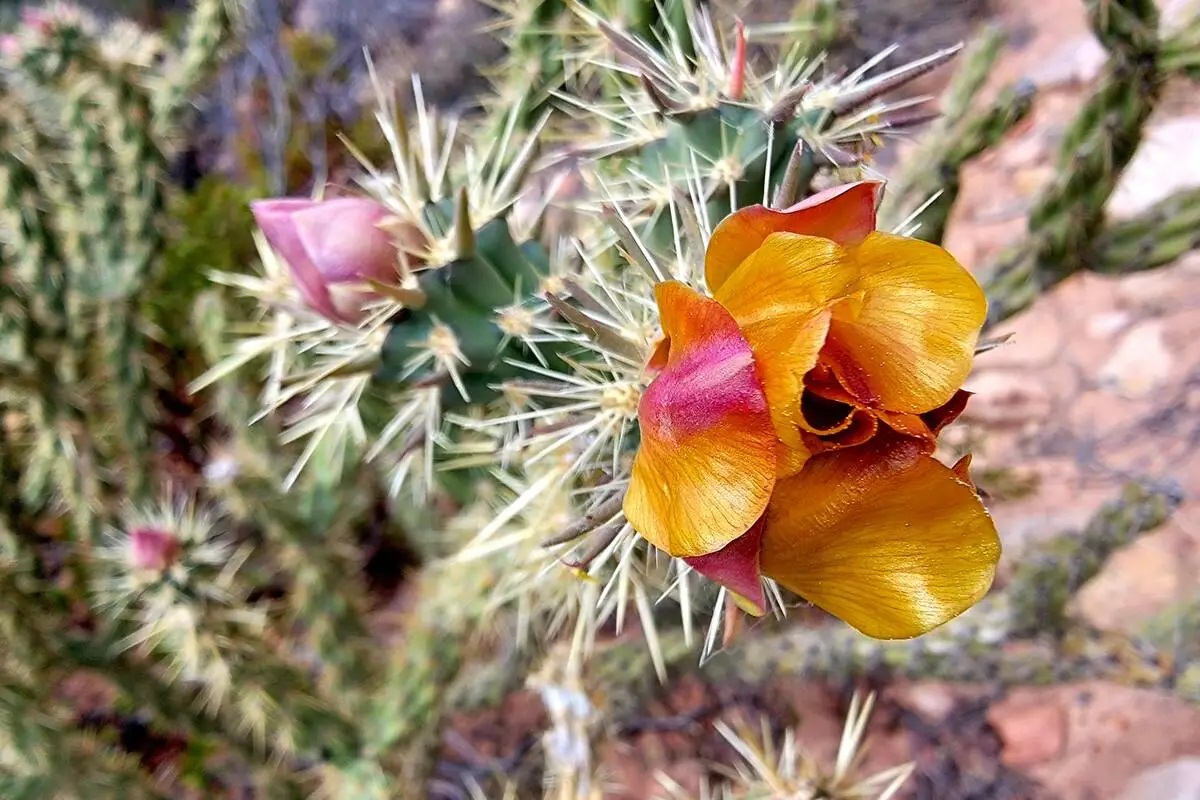

Plant Care & Gardening Tips
What Is A Native Plant In Southern Nevada
Modified: January 4, 2024
Discover the beauty of native plants in Southern Nevada and learn essential plant care and gardening tips to help them thrive in your garden. Explore the unique characteristics and benefits of these local plant species.
(Many of the links in this article redirect to a specific reviewed product. Your purchase of these products through affiliate links helps to generate commission for Storables.com, at no extra cost. Learn more)
**
Introduction
**
Welcome to the vibrant and diverse world of native plants in Southern Nevada! As gardening enthusiasts and nature lovers, it's essential to understand the significance of native plants and their pivotal role in the local ecosystem. Southern Nevada, with its unique climate and terrain, is home to a rich array of indigenous flora that has adapted to thrive in this environment over centuries. In this article, we will delve into the definition of native plants, explore their importance in Southern Nevada, uncover their distinctive characteristics, showcase examples of these remarkable species, and emphasize the crucial need for their conservation.
The native plants of Southern Nevada are not just botanical entities; they are integral components of the region's natural heritage. By learning about and appreciating these plants, we can gain a deeper understanding of the local ecosystem and contribute to its preservation. So, let's embark on a fascinating journey to unravel the wonders of native plants in Southern Nevada and celebrate the beauty they bring to this arid yet captivating landscape.
Now, let's dive into the enchanting realm of native plants and discover the magic they bestow upon Southern Nevada.
**
Key Takeaways:
- Native plants in Southern Nevada, like the Mojave Yucca and Joshua Tree, are superheroes of the desert, with special powers to survive extreme heat, conserve water, and support local wildlife.
- By celebrating and preserving native plants, we can protect the unique beauty of Southern Nevada, conserve water, and create sustainable gardens that support local wildlife.
Read more: What Is A Non-Native Plant
Definition of Native Plants
**
Native plants are the botanical treasures that have naturally evolved and adapted to a specific geographical area over thousands of years, without any human intervention. In the context of Southern Nevada, native plants are those species that have originated and thrived in this arid desert region long before the arrival of settlers and the introduction of non-indigenous flora.
These plants have established a harmonious relationship with the local climate, soil, and wildlife, forming an essential part of the delicate ecosystem. They play a crucial role in supporting the region’s biodiversity, providing food and shelter for native wildlife, and contributing to the overall ecological balance.
One of the defining characteristics of native plants is their ability to withstand the harsh environmental conditions of Southern Nevada, including intense heat, limited water availability, and nutrient-deficient soils. Through natural selection and adaptation, these plants have developed mechanisms to thrive in this challenging environment, making them uniquely suited to the local climate and soil composition.
It’s important to note that native plants are not confined to wild, untouched landscapes; they can also be cultivated in home gardens, public parks, and urban green spaces. By incorporating native plants into landscaping and horticultural practices, individuals can create sustainable, low-maintenance gardens that support local wildlife and contribute to the preservation of Southern Nevada’s natural heritage.
Understanding the definition of native plants provides a foundation for appreciating their significance and the vital role they play in the ecological tapestry of Southern Nevada. Now, let’s explore why these plants are so crucial to the region’s environmental health and sustainability.
**
Importance of Native Plants in Southern Nevada
**
The importance of native plants in Southern Nevada cannot be overstated, as these resilient species are essential for maintaining the region’s ecological balance, supporting wildlife, and preserving the unique character of the local landscape. Here are several key reasons why native plants hold such significance in this arid desert environment:
-
Biodiversity Preservation: Native plants are integral to Southern Nevada’s biodiversity, providing food, shelter, and nesting sites for a diverse array of wildlife, including birds, insects, and small mammals. By cultivating native plant communities, we can help sustain local ecosystems and protect the delicate balance of species that call this region home.
-
Water Conservation: Native plants have evolved to thrive in the arid conditions of Southern Nevada, making them naturally drought-resistant and well-suited to the region’s limited water resources. By incorporating native plants into landscaping and gardening, individuals can reduce the need for excessive irrigation, contributing to water conservation efforts and promoting sustainable gardening practices.
-
Soil Stabilization: The deep root systems of many native plants help prevent soil erosion and contribute to the stabilization of the desert landscape. This is particularly crucial in Southern Nevada, where soil erosion and desertification are ongoing concerns. By anchoring the soil and minimizing erosion, native plants play a vital role in maintaining the integrity of the local ecosystem.
-
Cultural and Historical Significance: Native plants are deeply intertwined with the cultural and historical heritage of Southern Nevada’s indigenous peoples. Many of these plants have been used for medicinal, culinary, and ceremonial purposes by Native American tribes for generations, enriching the cultural tapestry of the region and preserving traditional knowledge of the land.
-
Low-Maintenance Landscaping: By choosing native plants for landscaping and gardening projects, individuals can create low-maintenance outdoor spaces that require minimal inputs of water, fertilizer, and pesticides. This not only reduces the environmental impact of gardening practices but also promotes sustainable, eco-friendly landscaping solutions.
By recognizing and embracing the importance of native plants in Southern Nevada, we can actively contribute to the conservation of the region’s natural resources, protect its unique biodiversity, and cultivate a deeper connection to the land and its indigenous flora. Now, let’s delve into the distinctive characteristics that make native plants so well-suited to the challenging environment of Southern Nevada.
**
Characteristics of Native Plants in Southern Nevada
**
The native plants of Southern Nevada exhibit a remarkable array of characteristics that enable them to thrive in the region’s arid desert environment. These distinctive traits have evolved over time, shaping the plants into resilient, adaptable species that play a vital role in the local ecosystem. Here are some key characteristics of native plants in Southern Nevada:
-
Drought Tolerance: Native plants in Southern Nevada have developed exceptional drought tolerance, allowing them to survive and flourish in the region’s limited water conditions. Many native species have evolved mechanisms such as deep root systems, water-storing tissues, and waxy coatings on leaves to minimize water loss, making them well-suited to the arid climate.
-
Heat Resistance: The intense desert heat of Southern Nevada poses a significant challenge to plant life, yet native species have adapted to thrive in these extreme temperatures. Their ability to withstand high levels of solar radiation and heat stress is a testament to their resilience and suitability for the local climate.
-
Soil Adaptation: Native plants have adapted to the unique soil composition of Southern Nevada, which is often characterized by low organic matter, high alkalinity, and limited nutrients. These plants have developed root structures and nutrient uptake mechanisms that allow them to thrive in the region’s challenging soil conditions, contributing to soil stability and health.
-
Wildlife Support: Many native plants in Southern Nevada provide essential resources for local wildlife, including nectar for pollinators, seeds for birds and small mammals, and habitat for insects. Their role in supporting biodiversity and ecological balance is crucial for the health of the region’s ecosystems.
-
Adaptation to Fire: Some native plants in Southern Nevada have evolved strategies to survive and even benefit from periodic wildfires, a natural occurrence in desert ecosystems. These fire-adapted species have developed traits that allow them to resprout or reseed after a fire, contributing to the regeneration and resilience of the landscape.
These characteristics collectively make native plants uniquely suited to the harsh and unforgiving conditions of Southern Nevada, underscoring their importance in maintaining the ecological integrity of the region. By embracing and cultivating these resilient species, we can contribute to the preservation of Southern Nevada’s natural heritage and promote sustainable landscaping practices. Now, let’s explore some examples of the captivating native plants that grace the landscapes of Southern Nevada.
**
When looking for native plants in Southern Nevada, consider species like desert marigold, brittlebush, and desert sage. These plants are adapted to the local climate and require less water and maintenance.
Examples of Native Plants in Southern Nevada
**
The diverse landscapes of Southern Nevada are adorned with a stunning array of native plants, each contributing to the region’s ecological tapestry in unique and captivating ways. From the rugged beauty of the Mojave Desert to the verdant oases nestled within the arid terrain, the native flora of Southern Nevada showcases a rich tapestry of botanical wonders. Here are a few examples of native plants that grace the landscapes of this remarkable region:
-
Mojave Yucca (Yucca schidigera): This iconic desert plant is a symbol of resilience, with its striking, dagger-like leaves and towering flower spikes. The Mojave yucca is well-adapted to the arid conditions of Southern Nevada, thriving in sandy soils and rocky slopes. Its flowers, which bloom in clusters atop tall stalks, provide a vital food source for yucca moths and other pollinators.
-
Desert Globemallow (Sphaeralcea ambigua): With its vibrant orange flowers and silvery-green foliage, the desert globemallow adds a splash of color to the desert landscape. This drought-tolerant perennial is a valuable source of nectar for native bees and hummingbirds, contributing to the pollination of other plant species in the region.
-
Joshua Tree (Yucca brevifolia): A symbol of the Mojave Desert, the Joshua tree is a distinctive and iconic plant with its twisted, spiky branches and tufts of sword-shaped leaves. These ancient trees provide habitat and nesting sites for a variety of desert wildlife, including birds and small mammals, and are uniquely adapted to the harsh desert environment.
-
Brittlebush (Encelia farinosa): Known for its bright yellow, daisy-like flowers and aromatic foliage, the brittlebush is a resilient shrub that thrives in the arid landscapes of Southern Nevada. Its flowers attract pollinators, while its resinous leaves help conserve moisture, making it well-suited to the region’s desert climate.
These are just a few examples of the captivating native plants that contribute to the beauty and ecological richness of Southern Nevada. Their adaptability, resilience, and unique characteristics make them essential components of the region’s natural heritage. By celebrating and preserving these native plants, we can ensure that the landscapes of Southern Nevada continue to flourish with their timeless beauty and ecological significance.
**
Read more: What Is A Native Plant In California
Conservation of Native Plants in Southern Nevada
**
Preserving the rich diversity of native plants in Southern Nevada is essential for maintaining the region’s ecological balance, supporting local wildlife, and safeguarding the unique beauty of the desert landscape. Conservation efforts play a crucial role in ensuring the survival of native plant species and protecting their habitats from the pressures of urbanization, climate change, and other environmental threats. Here are several key strategies for the conservation of native plants in Southern Nevada:
-
Habitat Restoration: Restoring and preserving natural habitats, such as desert scrublands, riparian areas, and mountain woodlands, is vital for the conservation of native plant species. By protecting these ecosystems from degradation and fragmentation, conservationists can safeguard the diverse array of plants that call Southern Nevada home.
-
Invasive Species Management: Invasive plants pose a significant threat to native flora by outcompeting indigenous species, altering ecosystems, and disrupting ecological processes. Implementing invasive species management programs helps control the spread of non-native plants and protect the habitats of native species in Southern Nevada.
-
Seed Banking: Establishing seed banks and conservation repositories allows for the collection, storage, and preservation of native plant seeds. This proactive measure helps safeguard genetic diversity and provides a resource for restoring native plant populations in the event of environmental disturbances or habitat loss.
-
Public Awareness and Education: Raising awareness about the importance of native plants and their conservation is essential for garnering public support and engagement. Educational initiatives, community outreach programs, and public events can promote a deeper understanding of the value of native plants and inspire individuals to participate in conservation efforts.
-
Sustainable Land Use Planning: Incorporating native plant conservation into land use planning and development initiatives is crucial for minimizing the impact of urban expansion on natural habitats. By prioritizing the preservation of native plant communities, policymakers and urban planners can contribute to the long-term sustainability of Southern Nevada’s ecosystems.
These conservation strategies, along with collaborative efforts involving government agencies, conservation organizations, and local communities, are instrumental in protecting the native plants of Southern Nevada and ensuring their continued presence in the region’s landscapes. By advocating for the conservation of native plants, we can uphold the ecological integrity of Southern Nevada and preserve its natural heritage for future generations.
**
Conclusion
**
Exploring the world of native plants in Southern Nevada has unveiled a captivating tapestry of resilience, beauty, and ecological significance. From the rugged expanses of the Mojave Desert to the tranquil mountain valleys, the native flora of this region embodies the spirit of adaptation and endurance in the face of arid challenges. As we conclude our journey through the realm of native plants, it’s essential to reflect on the profound impact these botanical wonders have on the local ecosystem and the cultural fabric of Southern Nevada.
By understanding the definition of native plants and recognizing their importance, we gain a deeper appreciation for the intricate web of life that thrives in this harsh yet wondrous environment. The conservation of native plants is not merely a matter of ecological stewardship; it is a testament to our commitment to preserving the natural heritage of Southern Nevada and honoring the indigenous flora that has shaped the region’s landscapes for millennia.
As we celebrate the remarkable characteristics and diverse examples of native plants, from the iconic Joshua trees to the vibrant desert globemallow, we are reminded of the interconnectedness of all living beings in the delicate balance of nature. The conservation efforts aimed at protecting these botanical treasures are a testament to our dedication to safeguarding the ecological integrity of Southern Nevada and ensuring the continued flourishing of its native plant communities.
As gardeners, nature enthusiasts, and stewards of the land, we have the opportunity to contribute to the conservation of native plants through sustainable gardening practices, habitat restoration initiatives, and public awareness efforts. By embracing the resilience and adaptability of native plants, we can create thriving landscapes that support local wildlife, conserve water, and honor the natural heritage of Southern Nevada.
Let us continue to champion the conservation of native plants, raise awareness about their ecological significance, and cultivate a deeper connection to the land and its indigenous flora. Through our collective efforts, we can ensure that the vibrant tapestry of native plants in Southern Nevada continues to grace the desert terrain with its timeless beauty and ecological vitality for generations to come.
So, as we bid farewell to this exploration of native plants in Southern Nevada, let us carry forward a renewed sense of reverence for the botanical treasures that enrich our lives and the landscapes they call home.
Frequently Asked Questions about What Is A Native Plant In Southern Nevada
Was this page helpful?
At Storables.com, we guarantee accurate and reliable information. Our content, validated by Expert Board Contributors, is crafted following stringent Editorial Policies. We're committed to providing you with well-researched, expert-backed insights for all your informational needs.
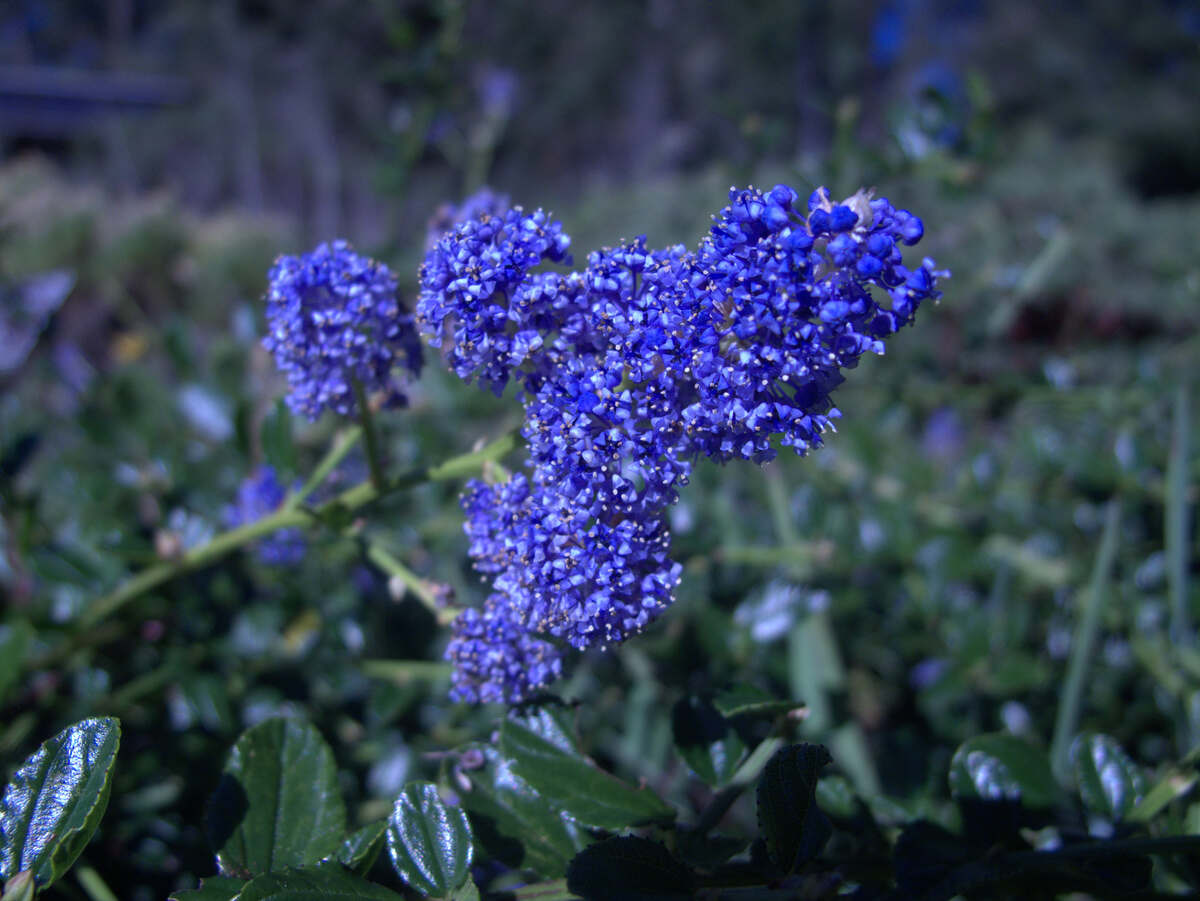
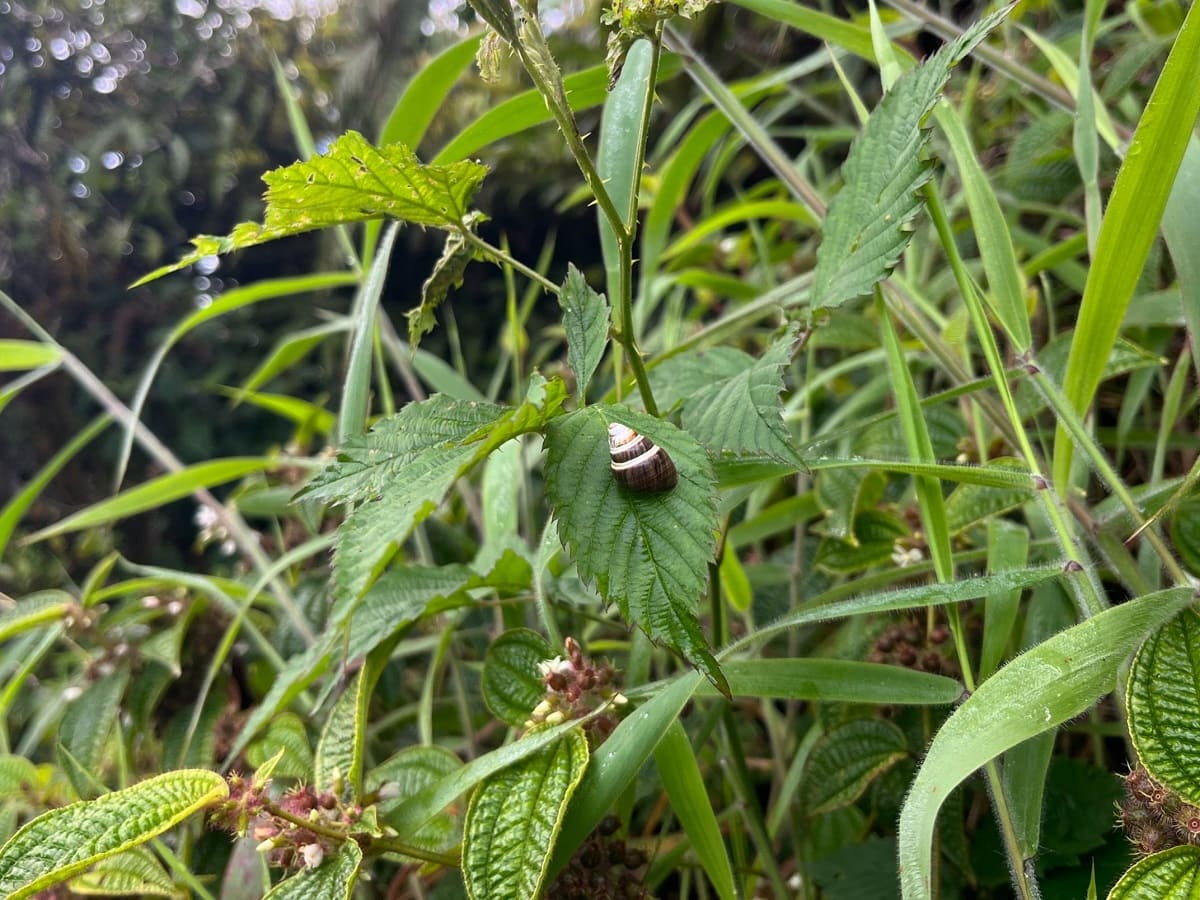
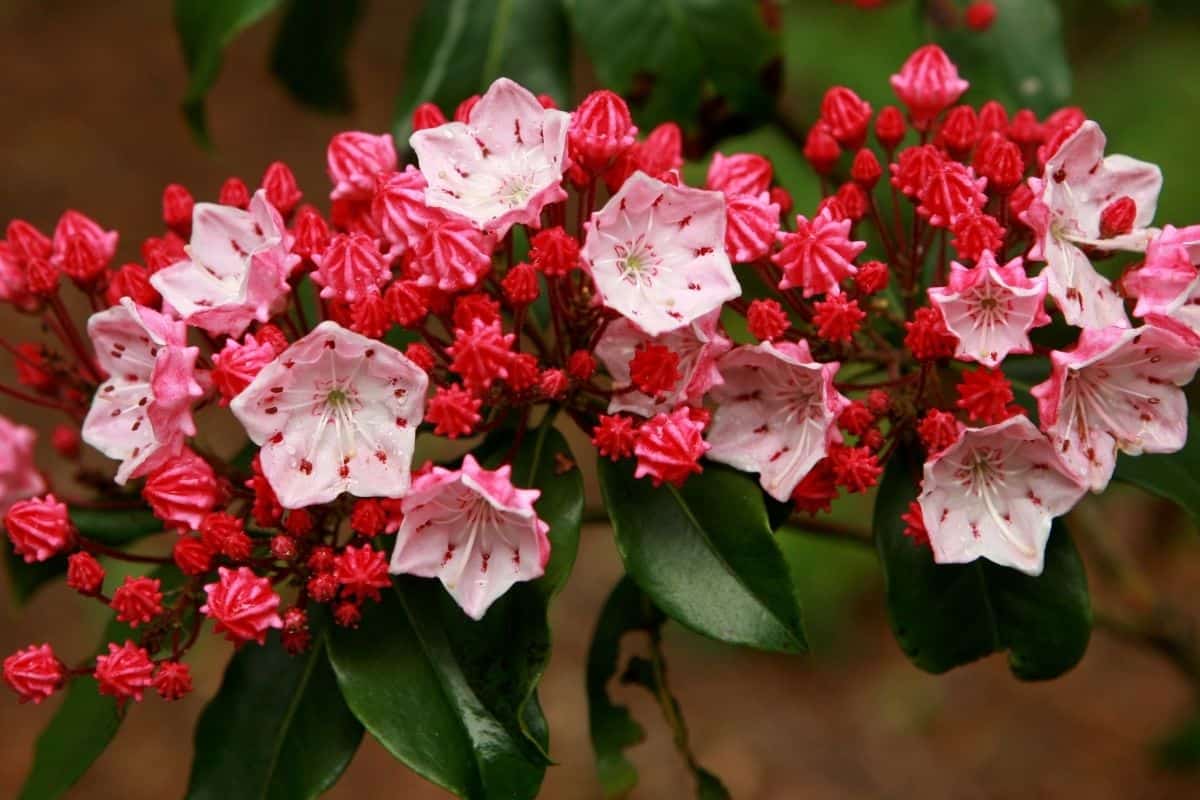
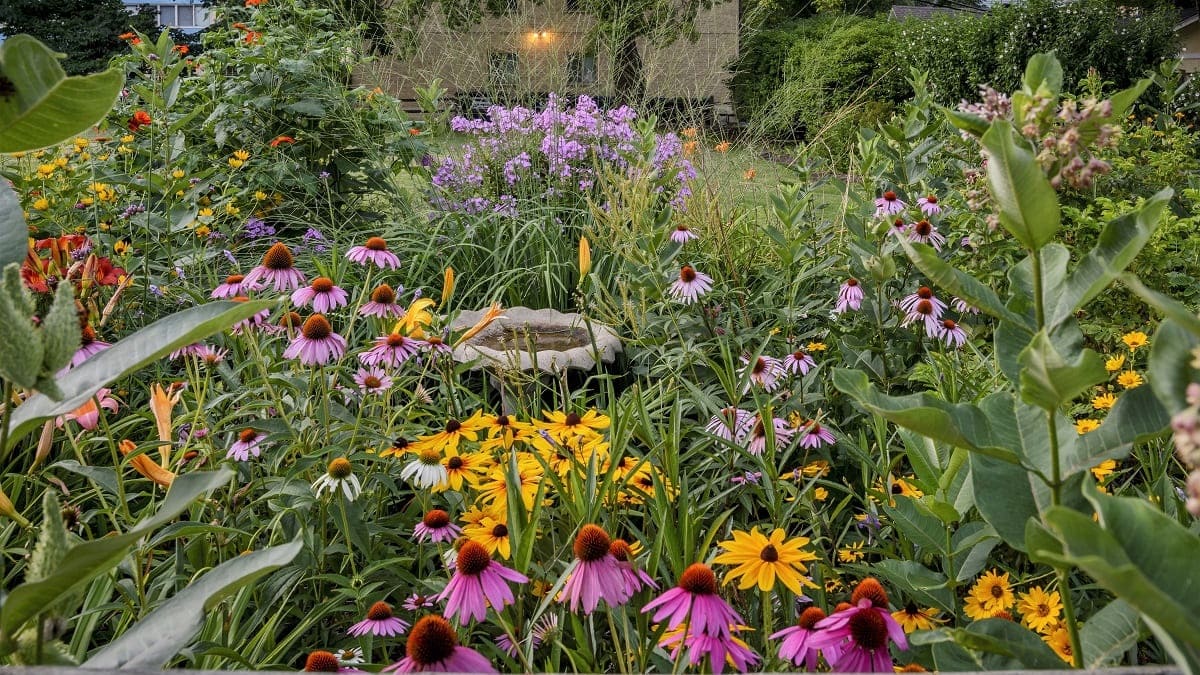
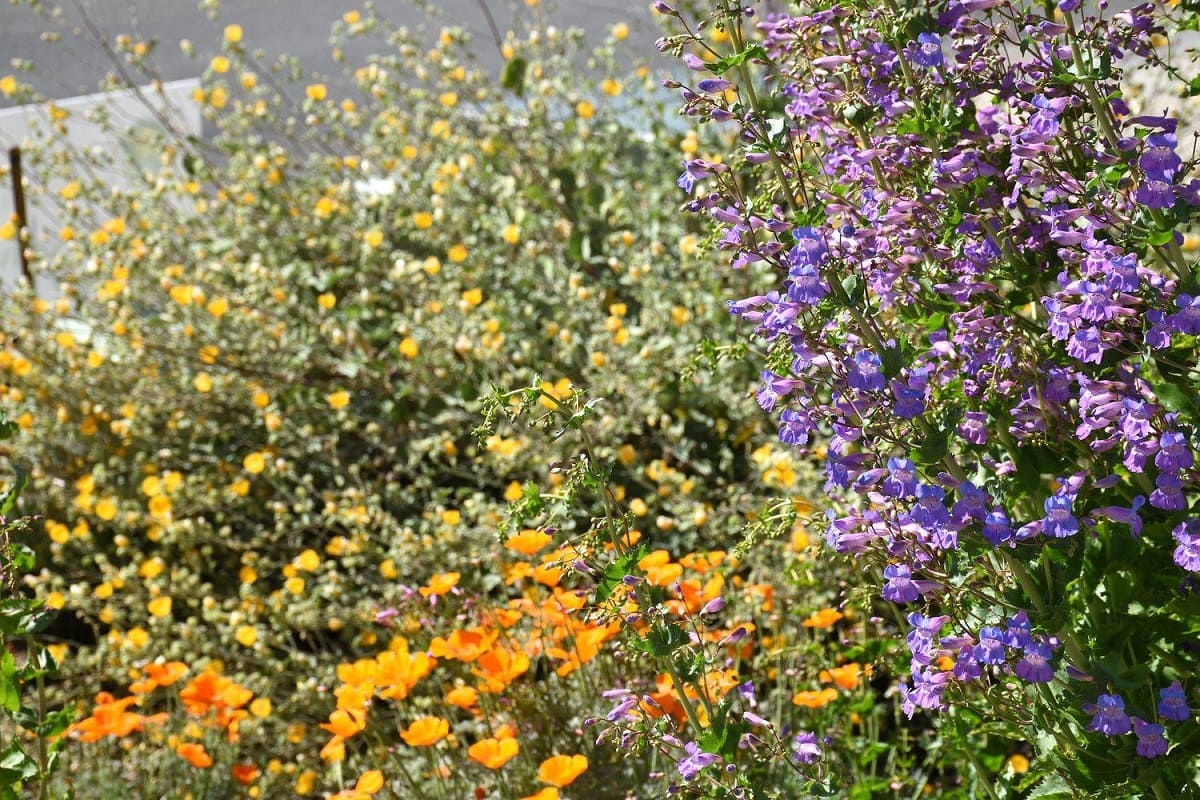
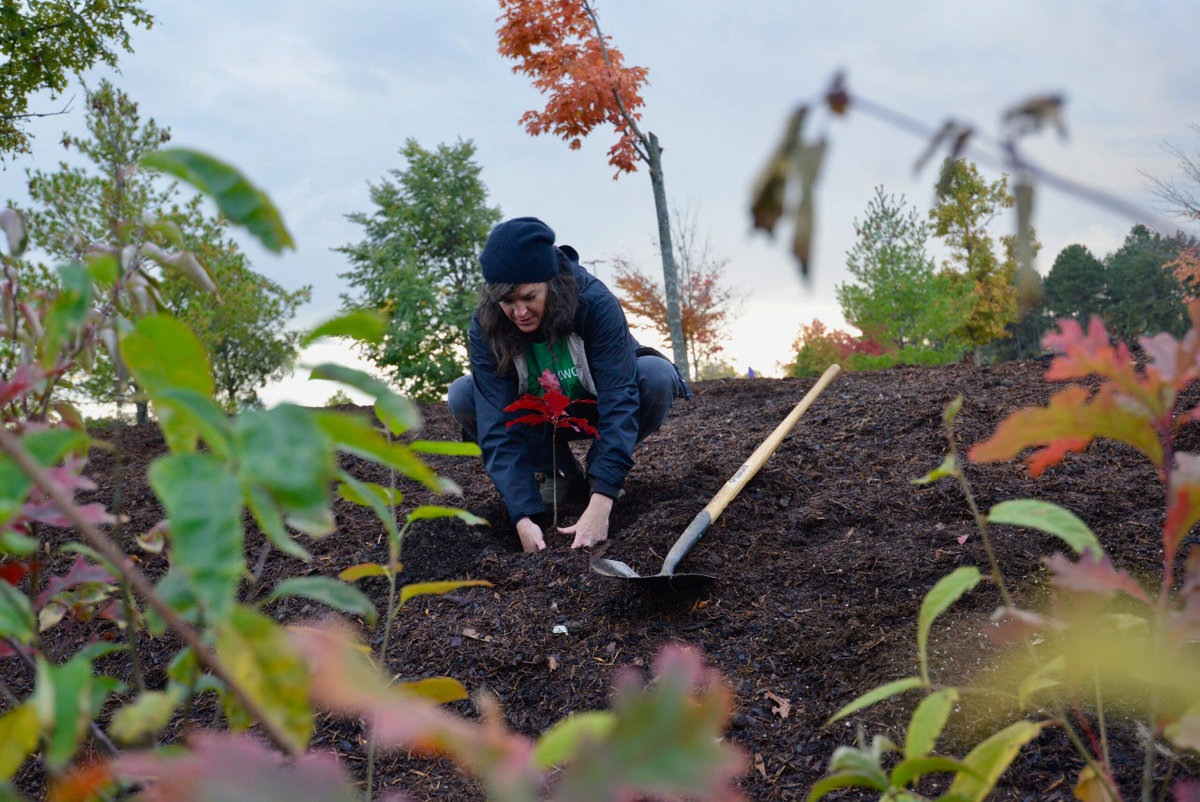

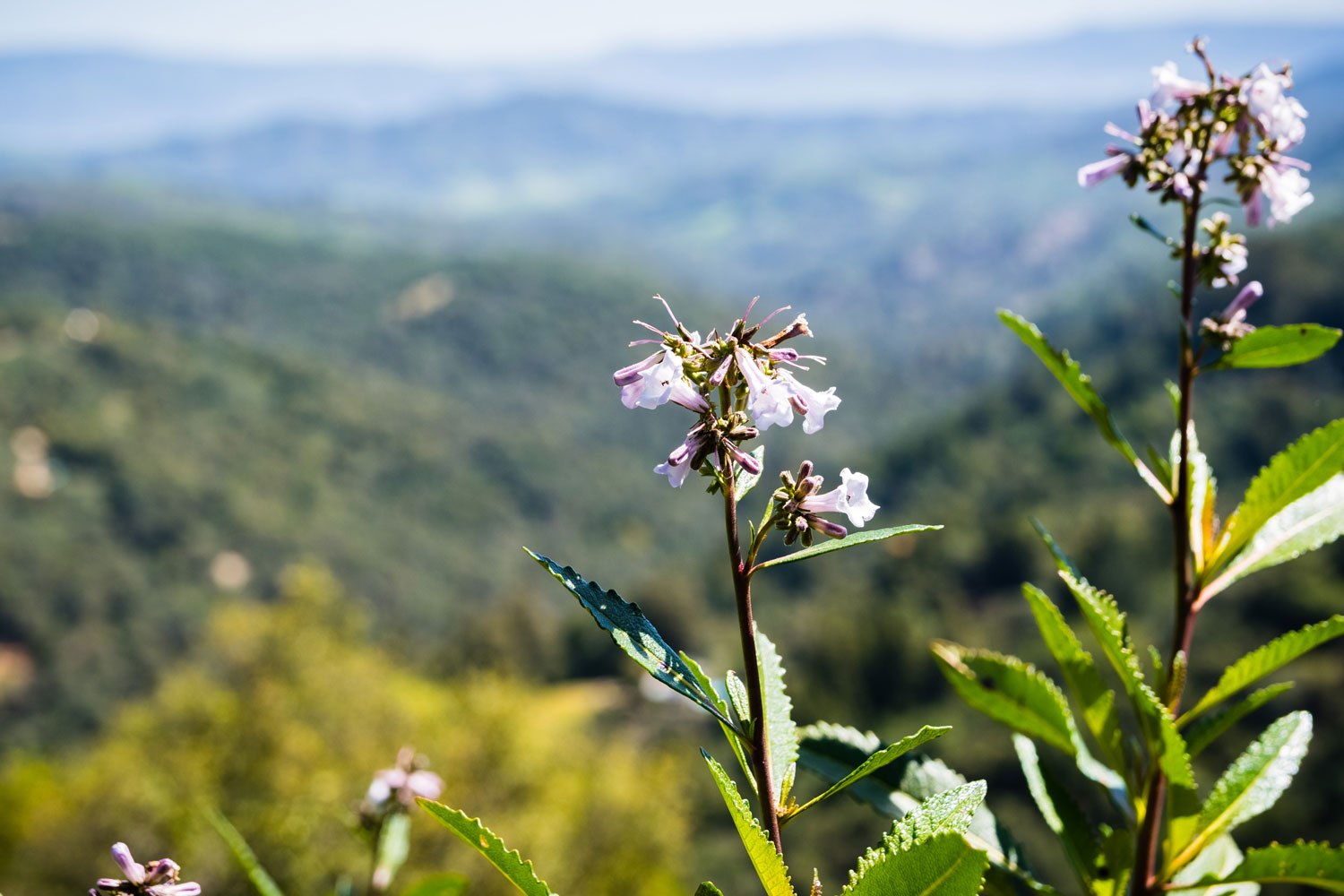
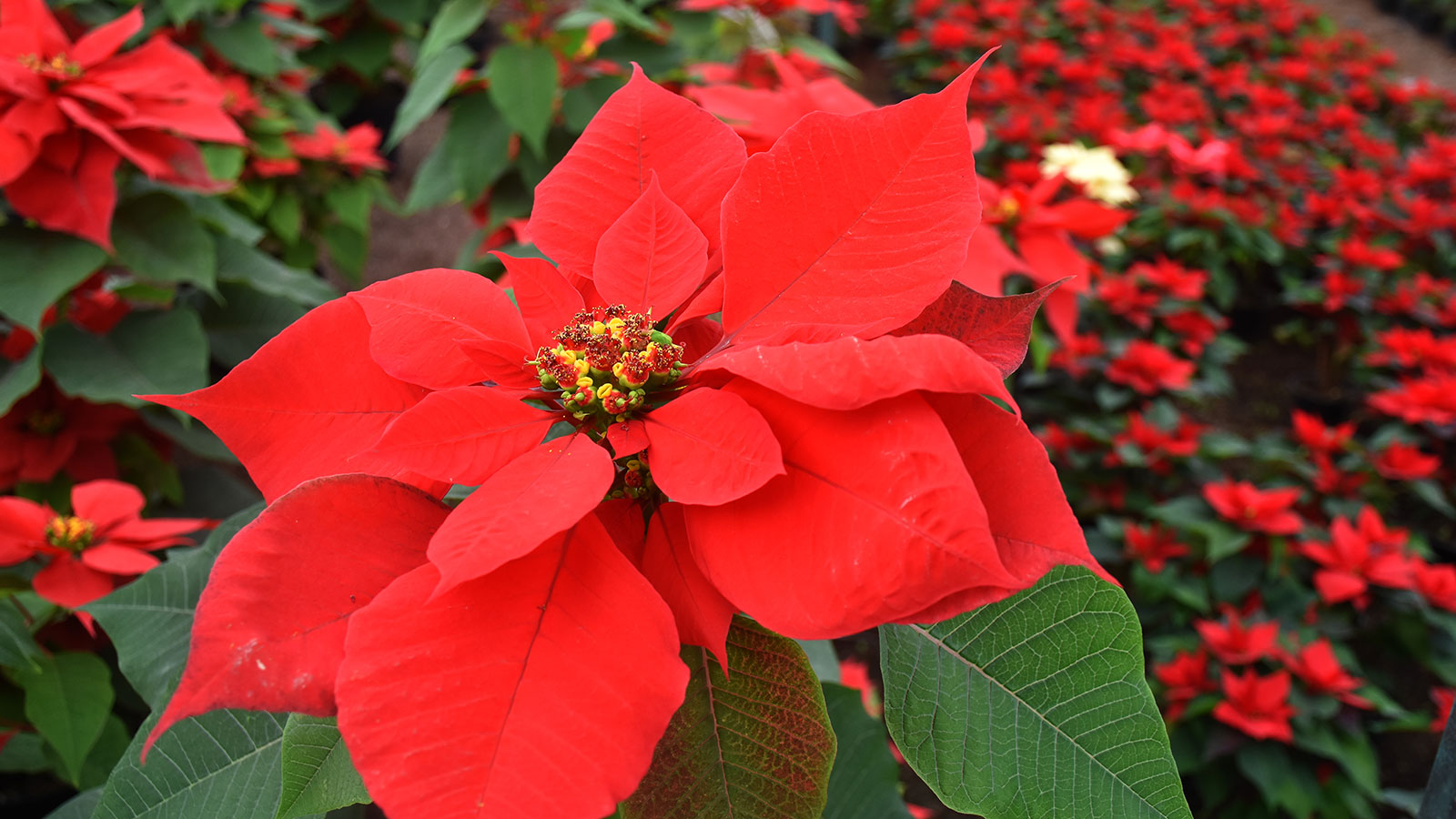
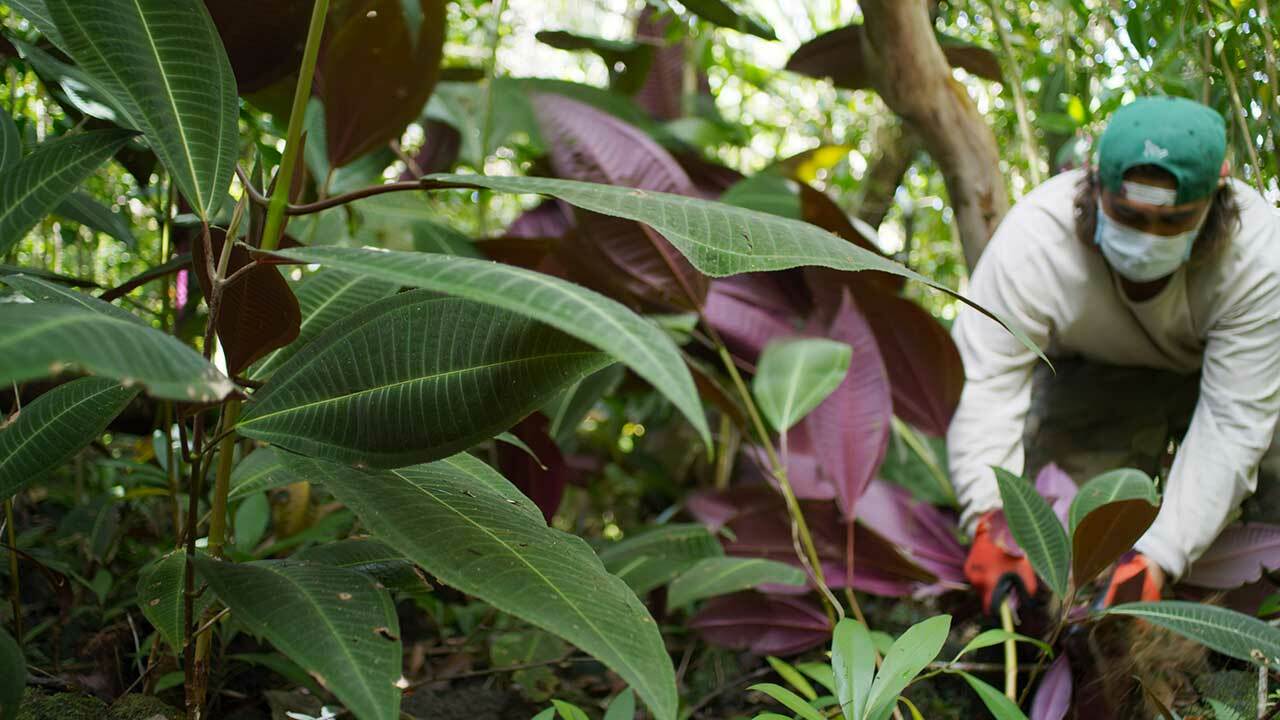
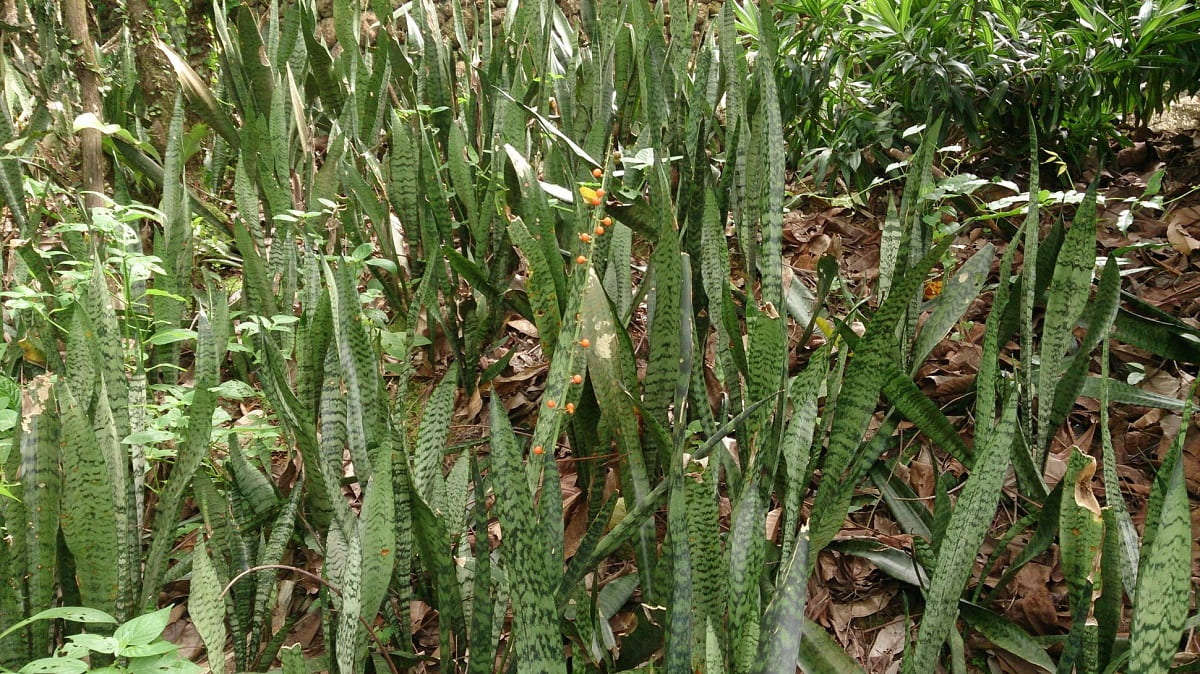
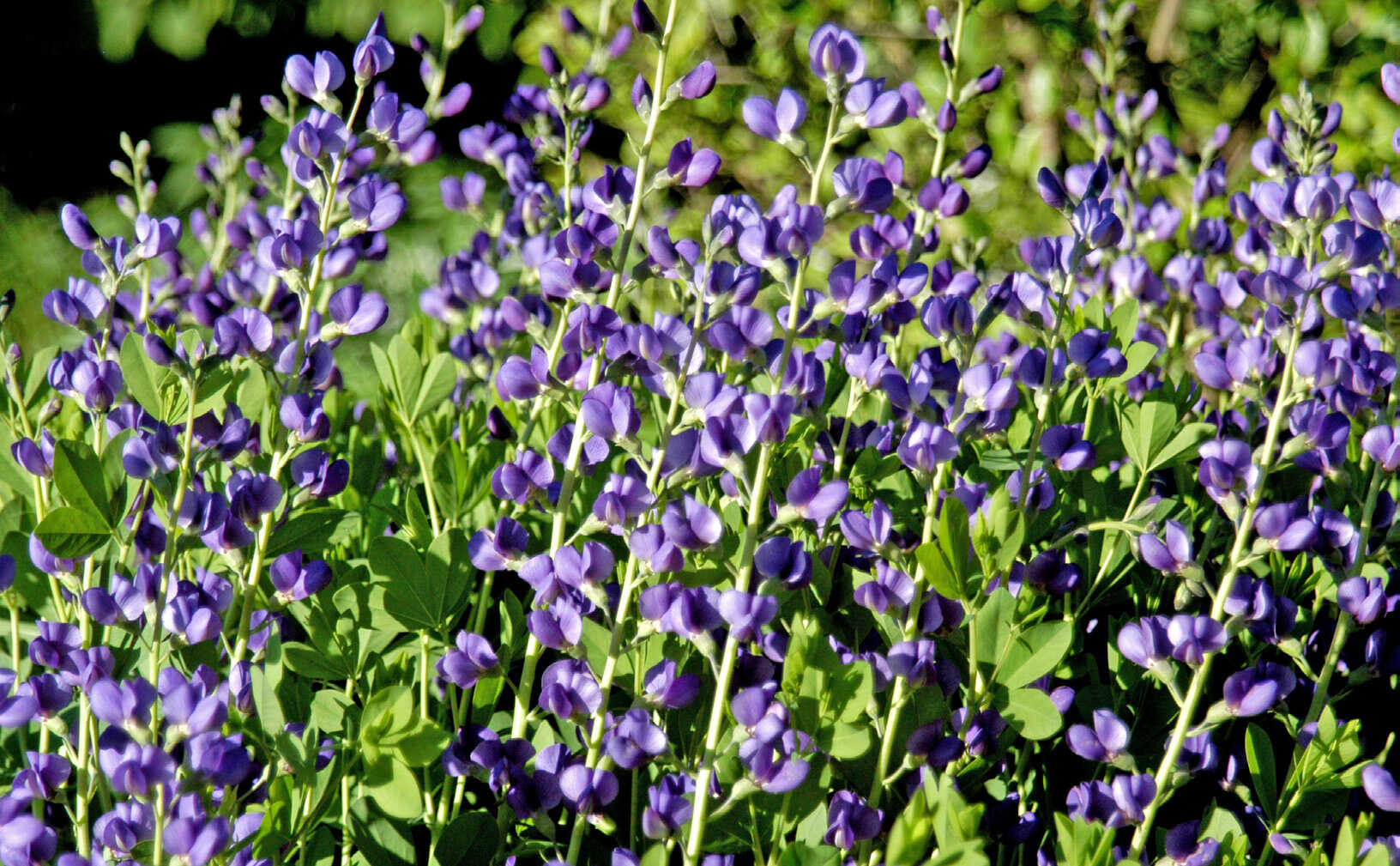
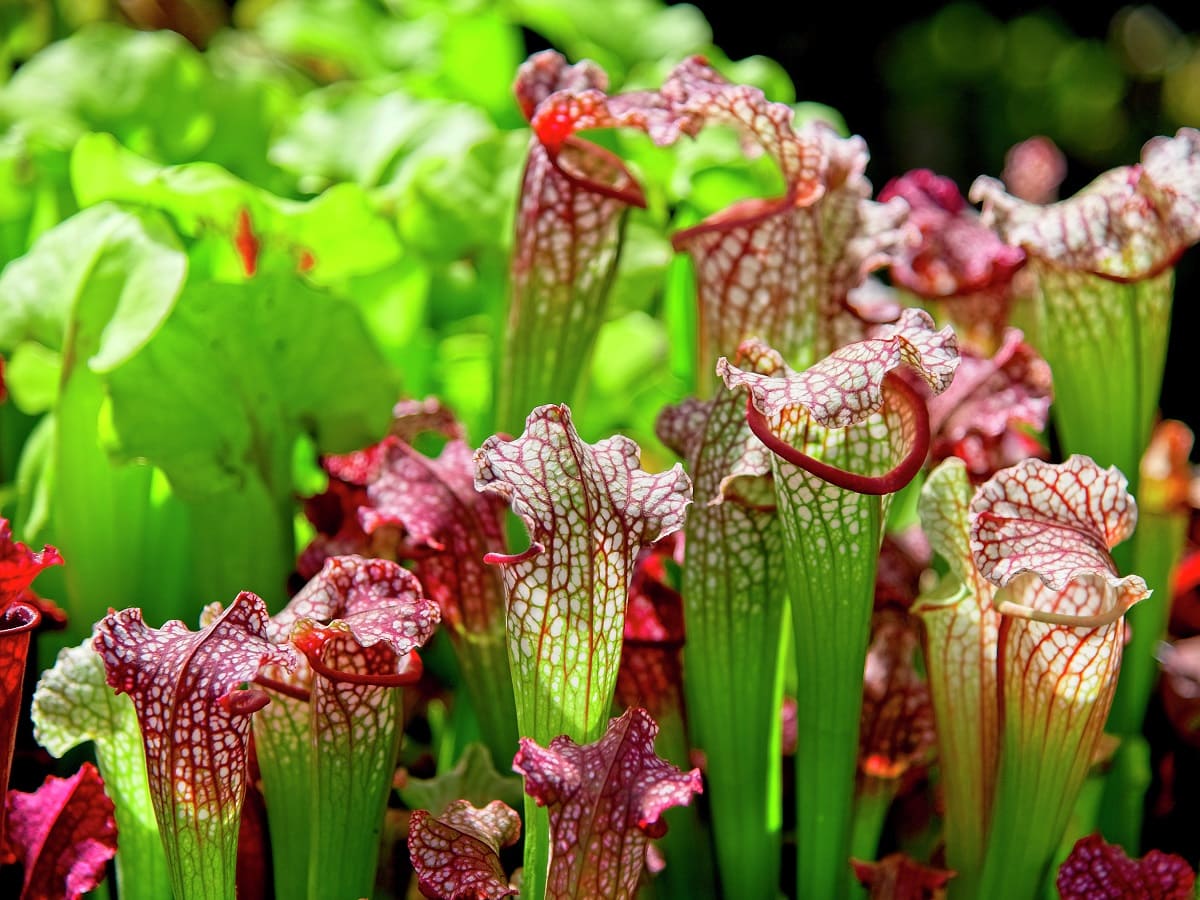
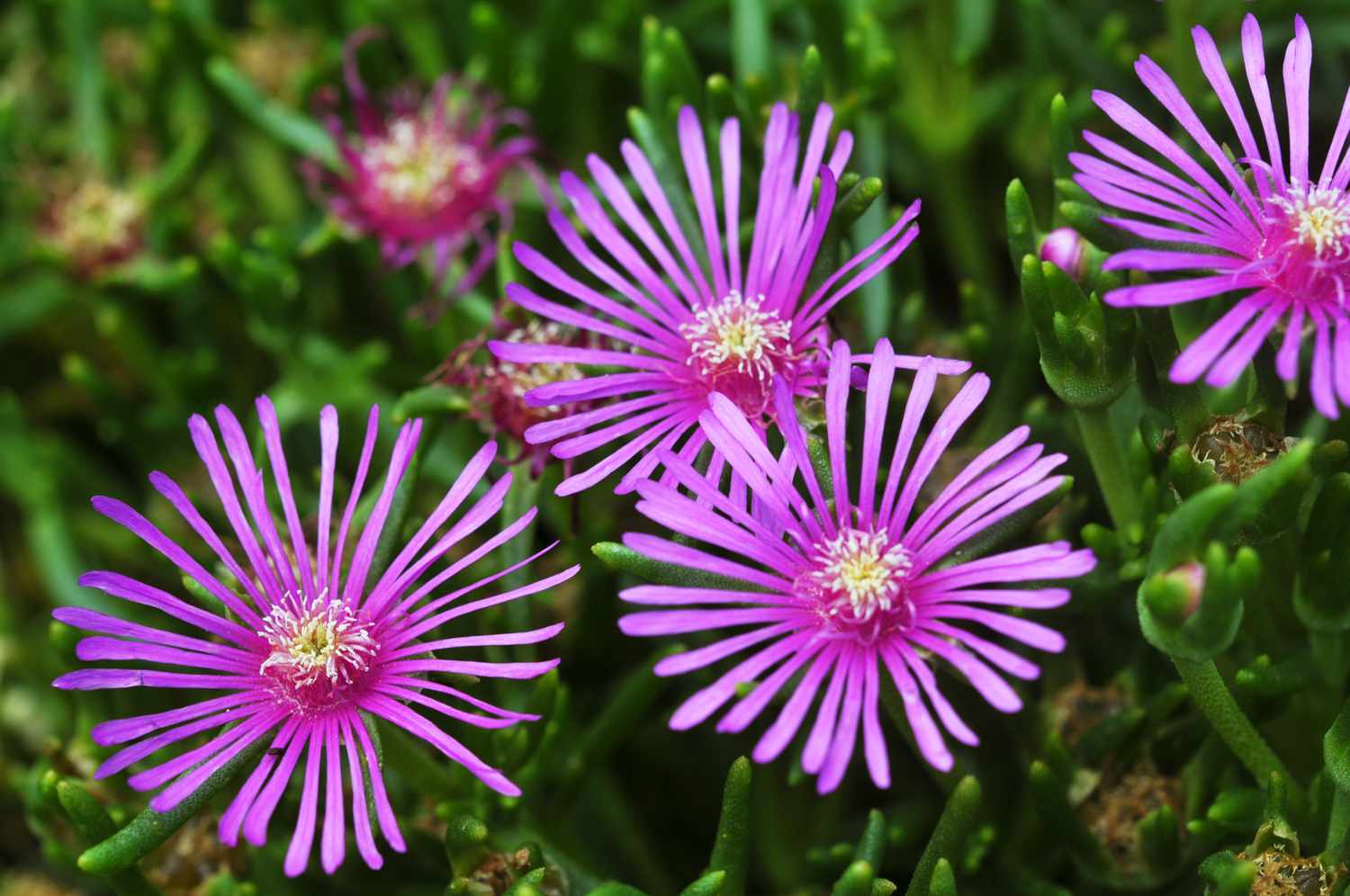

0 thoughts on “What Is A Native Plant In Southern Nevada”